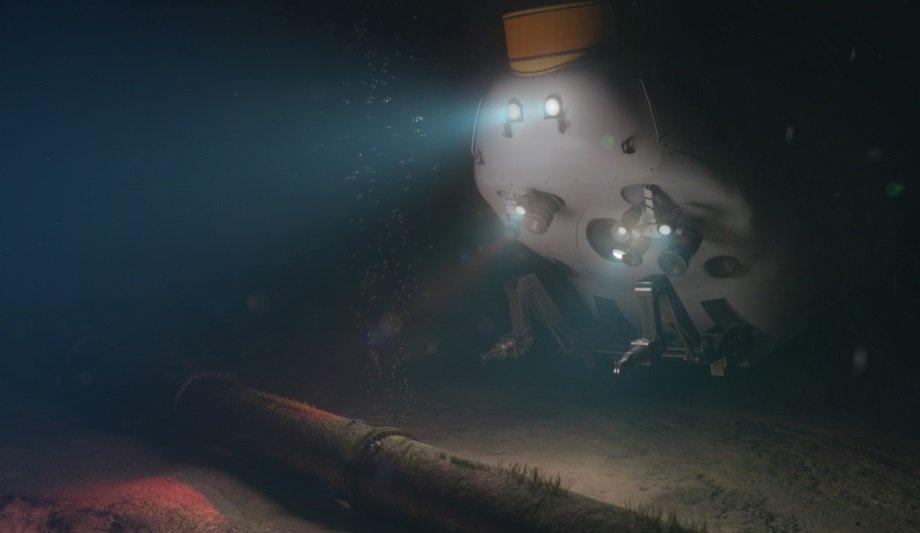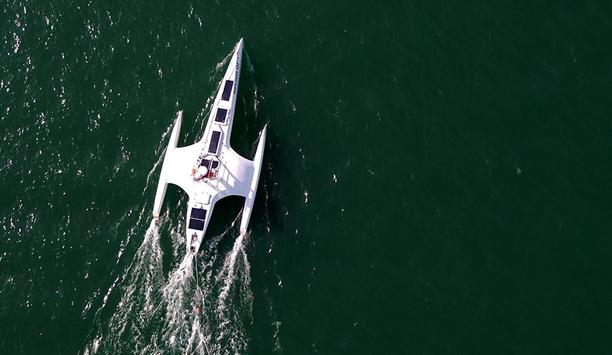Protecting undersea infrastructure has taken on more urgency and a higher profile in the wake of explosions on September 26, attributed to sabotage, that damaged the Nord Stream 1 and 2 pipelines that carry Russian gas across the Baltic Sea.
Seismic data from Sweden and Denmark point to forceful undersea explosions around the pipelines, which are owned by Gazprom, Russia’s state-controlled energy company.
Safeguarding critical infrastructure
The entire undersea network of pipelines and cables suddenly looks less and less safe. The Nord Stream attacks highlight the broader problem: Vulnerability of the exposed and largely unprotected undersea network of gas, power, and telecommunications lines that could be the next targets. Some 730,000 miles of pipeline encircle the globe, and another million miles of cable connect the Internet; undersea fibre-optic cables carry more than 95% of international data.
Safeguarding this critical infrastructure from attack suggests a need for more protective pipes
Safeguarding this critical infrastructure from attack suggests a need for more protective pipes that can withstand attack, more efforts to control access to the pipes, and more effort to monitor the facilities and to intercept potential attacks. More surveillance is needed to track which ships and/or submarines travel near the pipelines.
Protecting critical infrastructure
European countries have pledged to heighten security around oil and gas installations. Norway, which is now Europe’s largest gas supplier is using its military to protect critical infrastructure, including deploying the Navy to protect offshore installations.
Throughout Europe, governments are on alert and the military is stepping up to protect the most vulnerable energy systems. Italy has increased naval surveillance of pipeline routes from the south and east, while Germany is increasing protection of transmission lines. Sweden will perform security checks on the undersea cable that connects Sweden and Poland. The European Union planned to discuss security of its critical infrastructure at a summit in Prague. The U.S. Navy has pledged support of its allies if needed.
Broader regional conflict
The possibility of additional acts of sabotage highlights the risk of the war
Given the size and scale of the target, attacks are almost inevitable, which shifts the focus toward a need to respond and restore service as soon as possible.
The Nord Stream explosions, whoever the responsible party, suggest a shift toward a willingness to target civilian infrastructure beyond the bounds of the current Russia-Ukraine military engagement. The possibility of additional acts of sabotage highlights the risk of the war expanding into a broader regional conflict. Physical attacks are only part of the problem. Cybersecurity attacks, such as the one that shut down the Colonial Pipeline in the United States in May 2021, are also a possibility.
Nord Stream pipelines
Although the Nord Stream pipelines were filled with methane, which bubbled to the surface, neither was operational at the time of the explosion. Russia cut flow to Nord Stream 1 in August because of Europe’s support of Ukraine and sanctions in Russia. Germany had postponed the opening of Nord Stream 2 before the Russian invasion of Ukraine in February. Repair of the pipelines could take up to nine months.
And if a gas line can be targeted, could data cables be next? Could such attacks become an additional facet in the ongoing conflict between Russian and Ukraine? Might the Baltic Pipeline, which connects Norway and Europe, be the next target? Addressing the threat will likely be expensive and require more global cooperation on cyber- and physical security of the energy infrastructure.




